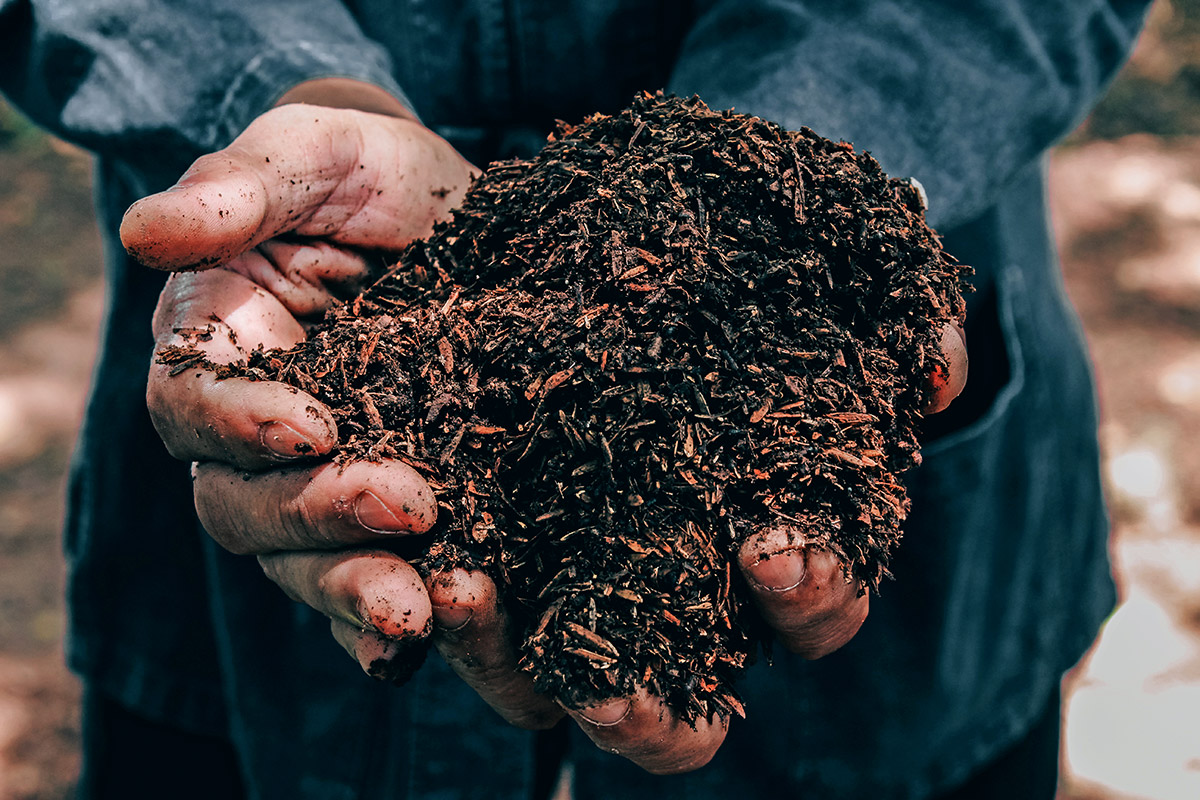The Key to Surviving Superbugs May Be in the Dirt Beneath Our Feet

Scientists at Rockefeller University in New York City recently put out a call to citizen scientists: Send us your dirt — literally.
The researchers wanted samples of dirt from across the country that they could probe for naturally occurring compounds that could be turned into drugs.
In a new paper, published Feb. 12 in the journal Nature Microbiology, the scientists described the fruits of their labor: a class of antibiotics made by soil-dwelling microbes that may kill deadly superbugs, or bacteria that no longer succumb to known drugs. [6 Superbugs to Watch Out For]
As antibiotic resistance becomes more common, scientists are racing to discover new drugs that can fight these dangerous bacterial infections. (Several of the new study's researchers work for a company called Lodo Therapeutics, whose goal is to discover and develop new drugs.) The antibiotics described in the new study, however, are still years away from being prescribed by doctors — if the medicines even reach that point. Much more research is needed to see if these compounds work in humans.
The antibiotics, called malacidins, are calcium-dependent, meaning they need calcium to be turned "on," according to the study. Malacidins can fight bacteria in different ways, including by attacking bacteria's cell walls. (Human cells don't have walls, so malacidins wouldn't target our cells.)
But how did the researchers sift through nearly 2,000 soil samples to zero in on these microscopic antibiotic-makers?
The scientists knew what they were looking for.
Sign up for the Live Science daily newsletter now
Get the world’s most fascinating discoveries delivered straight to your inbox.
Specifically, the researchers combed through the soil samples for the snippet of genetic code responsible for the "calcium-binding" aspect of the antibiotics — in other words, one of the genes needed to make the malacidins.
After the researchers found these snippets of code in the soil samples, they inserted that DNA into a harmless strain of bacteria, essentially turning the innocuous microbe into a malacidin-making factory.
Then, it was time for the test. Could the malacidin-producing microbes fight off dangerous bacteria?
The researchers applied the microbes to the skin of rats with MRSA-infected wounds. (MRSA, or methicillin-resistant Staphylococcus aureus, is a type of drug-resistant bacteria.) The malacidins appeared to wipe out the MRSA infection, the study found. What's more, the MRSA bacteria didn't appear to develop any type of resistance to the malacidins.
The researchers also looked at how malacidin worked compared with an existing calcium-binding antibiotic called daptomycin. (This drug is used to treat multidrug-resistant infections, the study said). Daptomycin works by disrupting the bacteria cell membrane; experiments in lab dishes showed, however, that malacidin appears to work by targeting not the bacteria cell membrane, but the bacteria cell wall, the researchers said.
Originally published on Live Science.












